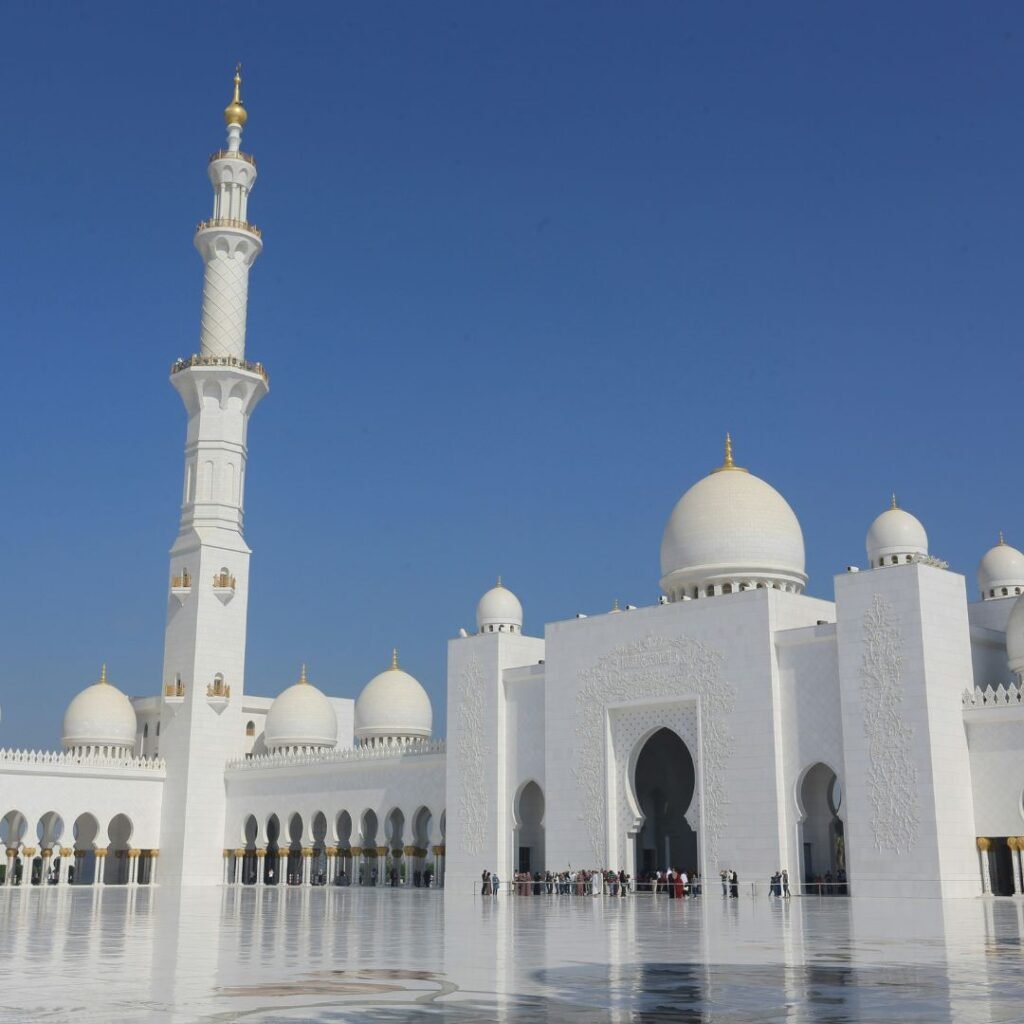A Model of Justice and Leadership
The second caliph of the Islamic realm, Hazrat Umar ibn al-Khattab (RA) is an admired figure in Islamic history due to his powerful yet just authority. His ruling spanned from 634 to 644 CE, during which trends of justice, good administration, and rapid Islamic conquests characterized this caliphate. Here’s a look at the key aspects of his rule.

- Egalitarian society
Throughout his life, this Islamic leader is best remembered for his great sense of justice. And for him, all the people, regardless of rank, were equal in the eyes of the law. On numerous occasions, he also heard about people’s grievances and sought to rectify the wrong done. His leadership was centered on the Muslim faith, which he practiced to the fullest including seeking atonement before Allah when in the wrong.
- Systematic and orderly administration
The caliphate of his rule, Hazrat Umar (RA) implemented a larger than life governance structure encompassing delegation of duties and responsibilities to lower ranks. The governor of the regions was appointed to administer them and to always act as law in their regions. He then proceeded to establish a centralized state treasury called the Diwan which regulated national revenue and ensured equitable regional allocation of resources.
- The Conquer of More Territories and Expansion of the Islamic Empire
The Islamic empire under the reins of Hazrat Umar went through a vast expanse. Not only was he able to lead effective military campaigns but also pushed the frontiers into Persia, Egypt, and the fringes of the Byzantine dominions. He made it a point that the newly acquired territories were well looked after less